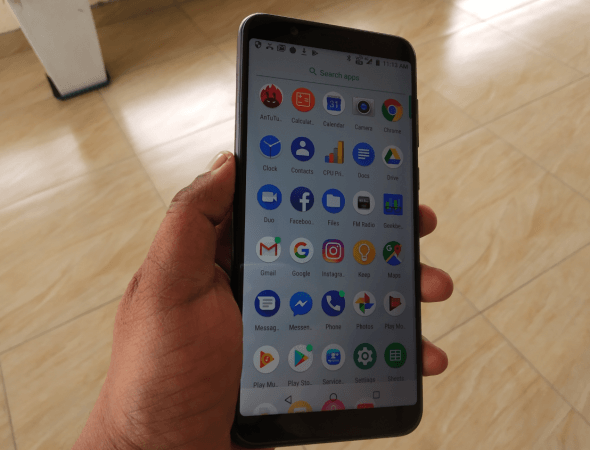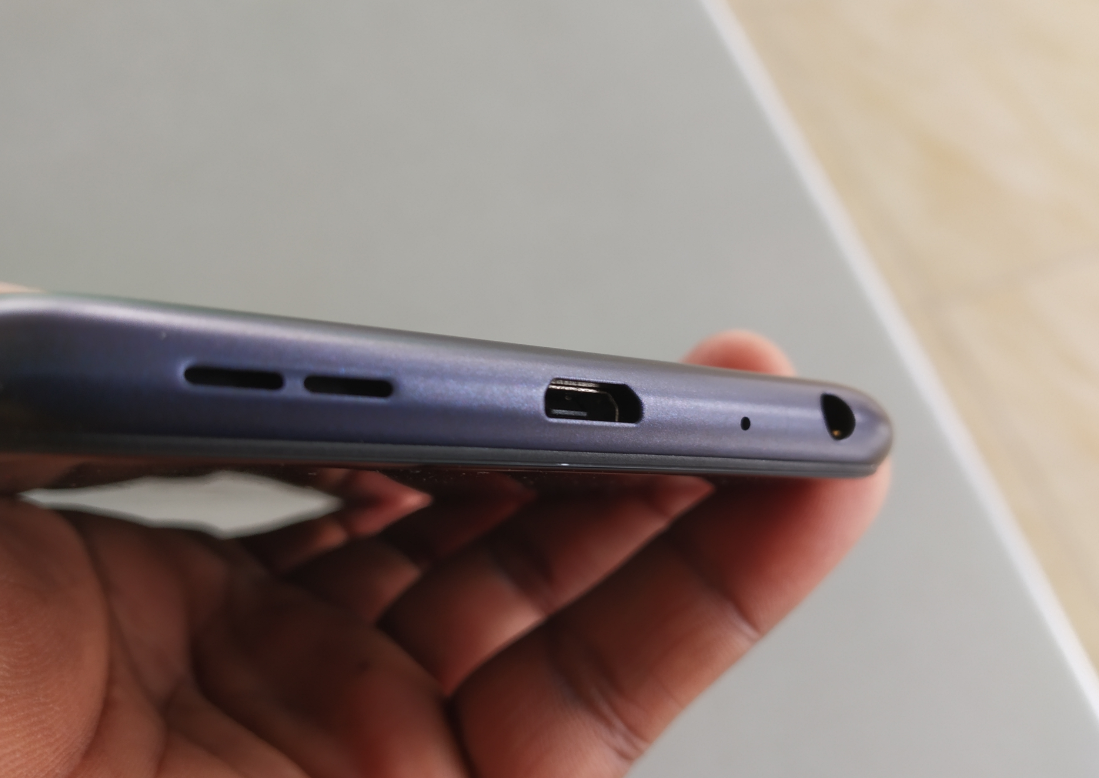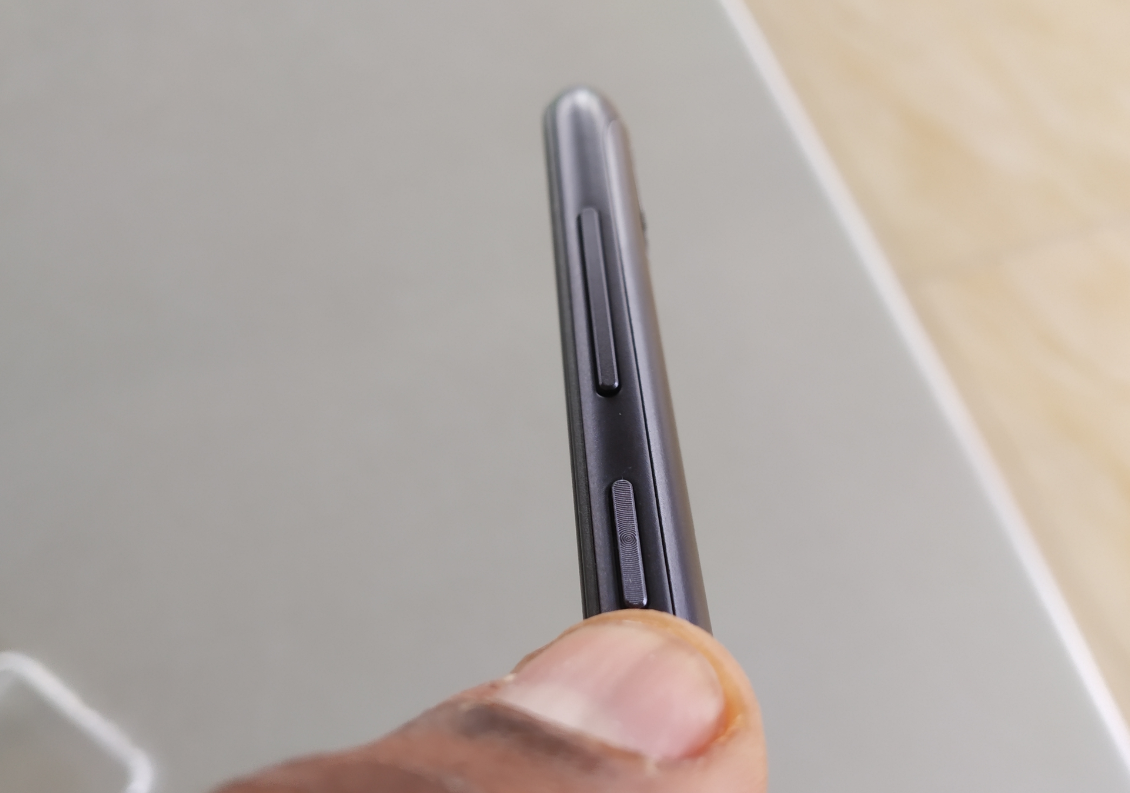
Taiwanese consumer electronics major Asus, despite launching quality phones for the last couple of years, wasn't able to match up to its competition in India. One of the primary reasons for this has been the pricing of the mobile phones.
In 2018, Asus seems to be fully prepared to offer a stiff challenge to its Chinese peers Xiaomi, Vivo and Oppo. It had launched the generic Zenfone Max Pro (M1) with Qualcomm Snapdragon 636 chip for prices starting at Rs 9,999 in May. This was followed with the Zenfone 5z, unarguably the most cost-effective premium phone that was in direct competition with the OnePlus 6.
The company has now released the new Zenfone Max Pro (6 GB RAM) model for just Rs 14,999, which we believe could turn the company's fortune for good in the subcontinent.
I have been using the new Zenfone Max Pro model for almost a week prior to the launch and here's my take on the Asus' mid-range phone.
Design and Display:
The Zenfone Max Pro (6 GB RAM) looks and feels the same as the standard model. It comes with rectangular candy bar structure with rounded corners and a sturdy shell on the back. When held in hand, I felt the premium quality of the material used on the rear-side cover. It has a smooth finish and yet offers a good grip.
The company is also offering transparent soft cover on the back and doesn't add much thickness. it also offers a good grip to hold the device.
The same goes for the screen as it comes with a bright display and offers good viewing experience while watching videos. The readability under direct sunlight in the afternoon is also good. I wear glasses all the time and never felt stressful to read messages or go through the social media sites on the phone.
Performance:
Except for the bump in the RAM capacity, the storage and processor remain the same for the new Zenfone Max Pro. Hence, performance wise there will be no discernible changes, as it does not help boost the processor speed. The 6 GB RAM also allows users to install more apps and do multi-tasking and play games with less lag.

Rest assured, the new Asus Zenfone Max Pro will offer the best experience compared to other phones in the same price segment. It can be noted that the device runs with clean Android 8.1 Oreo software and it will certainly impress Android purists.
I had no issues while navigating through the phone, as there are not many unnecessary pre-loaded apps and the interface is simple and straightforward. I was able to find the functionalities in a few steps compared to other rival brands, which is a daunting task to change the display settings.
Camera:
As I said before, the new Zenfone Max Pro gets a major upgrade in terms of imaging hardware. The company has also significantly improved the photography experience. The primary rear-camera took some exceptional macro pictures and even the low-light snaps are quite praiseworthy. The images had near-true colours and the details are sharp.
As far as the front camera is concerned, the picture quality was decent enough for the price range.
Battery:
Last but not the least, the battery life is exceptional. You can binge watch a full season of any one-hour ten-episode series with a single charge without having to worry about the battery life.
Final thoughts:
In my opinion, the newly launched Zenfone Max Pro (M1) model is the best mid-range phone in the market. On paper, no other rival brands offer this kind of configuration: 6GB RAM, 64GB storage (expandable), Snapdragon 636 octa-core, 5,000mAh and top-notch camera hardware for less than Rs 15,000.
However, what matters the most to us and consumers per se is the user experience. This Asus phone delivers it with real-life performance, good photo quality and the battery life is praiseworthy.
Pros:
- Most cost-effective phone in the mid-range phone segment
- Good build quality
- Decent camera for its price
- Exceptional battery life
Cons:
- The rear-side camera's auto-focus slows down during the low-light condition. The user should have the patience to take the photo. However, it's not a deal breaker as the sharpness and colour retention of the subject in the image makes up for the aforementioned shortcoming.




























